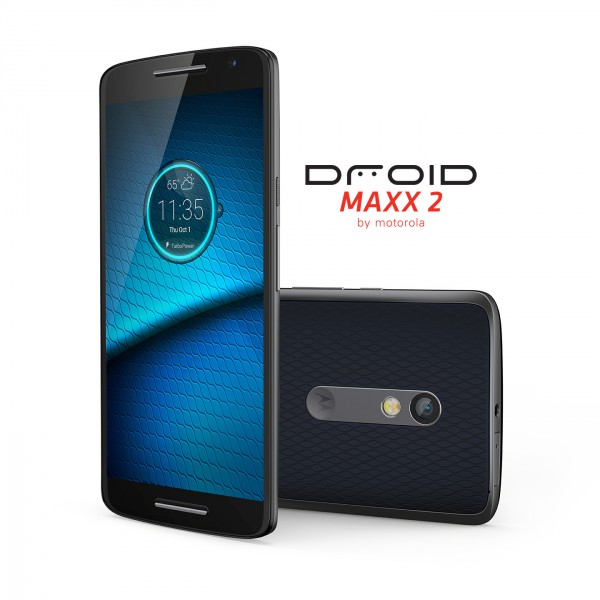
Motorola announces all-new 'shatterproof' Droid Turbo 2 and Maxx 2 Android phones
The Android smartphone market has been extremely stagnant lately. With the exception of the brilliant Samsung Galaxy Note5 and 6 Edge Plus, none of the designs have been particularly impressive. This is the unfortunate result of a now-mature segment.
Today, however, Motorola injects some much-needed excitement into the world of Android with the Droid Turbo 2 and Droid Maxx 2. While both phones should be fast and have long battery life, the real wow-factor is the shatterproof design of the Turbo 2. Are you a klutz when it comes to dropping or breaking your phone? Then you should definitely take notice.
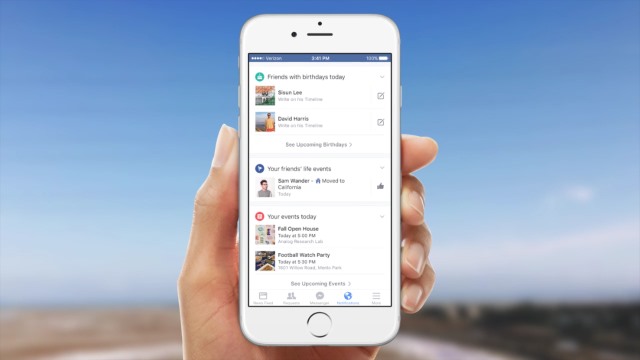
Facebook wants to become your calendar and life-planning app
Android and iOS users are about to find that Facebook is much more useful. A new update that is rolling out across the US brings personalized notifications to the app that extend far beyond details of status updates and birthdays.
To help you keep on top of your schedule, Facebook now also displays information about friends' life events, reminders about TV shows, details about events you've joined, and sports scores. There are also a number of optional components that are tailored to where you are.

7 Android apps that have successfully adapted Material Design
Material Design -- the new(ish) design language introduced by Google in Android Lollipop, and inspired by 'paper and ink' -- aims to provide a unified experience irrespective of device fragmentation.
This was very much needed for a mobile first world, where the market for small screen devices (read wearables) is growing at a rapid pace.
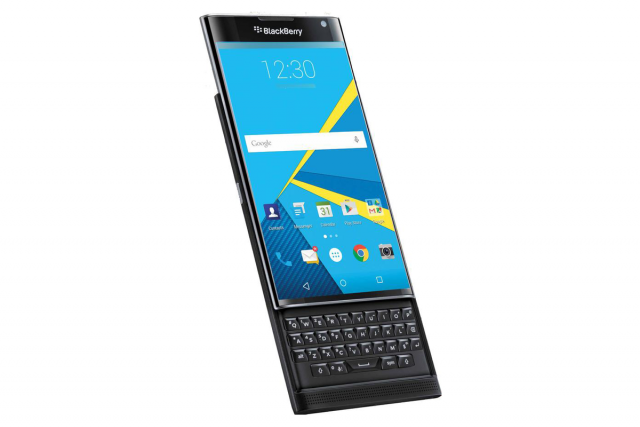
BlackBerry Priv will cost £580 in UK
BlackBerry’s Priv handset is arriving sooner than we thought, and in fact pre-orders are now live with Carphone Warehouse.
And as expected, the company’s new smartphone, which runs Android rather than BlackBerry OS, is priced at the premium end of the spectrum. The SIM-free version will set you back £580, and is available in just the one color -- black.
Microsoft's new note-taking Android app works on the lockscreen
The new Microsoft is not afraid to try new things, as proven by the increasing number of experimental apps published by the team of developers at Microsoft Garage. Many of them were released on rival platforms first, and not on Windows or Windows Phone, and that is again the case with Parchi.
Parchi is an interesting new note-taking app that has made its debut on Android. What makes it noteworthy is the fact that it is designed to work on the lockscreen, unlike other offerings in this category -- like Microsoft's own OneNote or Evernote.
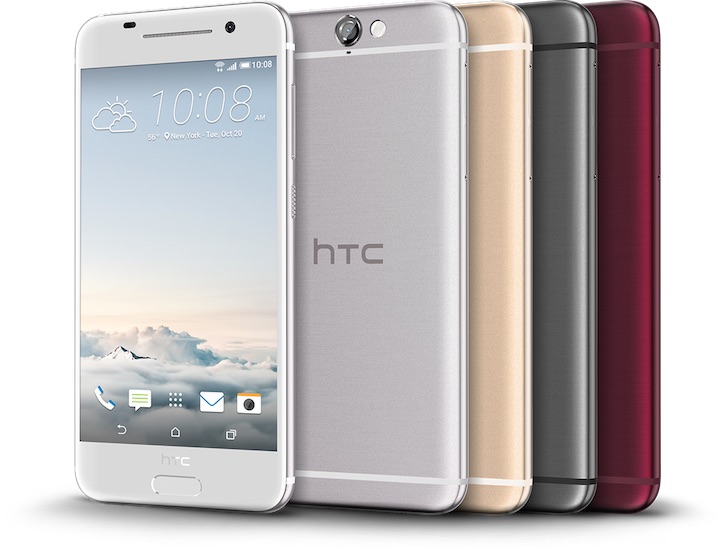
HTC launches the One A9 with iPhone-like design and Android 6.0 software, priced at $399
At an event on Tuesday, HTC announced the launch of One A9, "the best HTC smartphone in years", according to the company. The handset comes with a big promise. HTC claims that it will deliver the latest version of Android to the One A9 within 15 days of its availability.
The metal-clad HTC One A9, which looks very similar to the iPhone, comes with a 5-inch Full HD 2.5D AMOLED display with Corning Gorilla Glass 4 protecting the screen. It is powered by a Snapdragon 617 octa-core processor with integrated X8 LTE, and offers users a choice between a 2GB or 3GB of RAM. For storage, users get to pick between 16GB and 32GB, with both variants supporting microSD card for external storage.
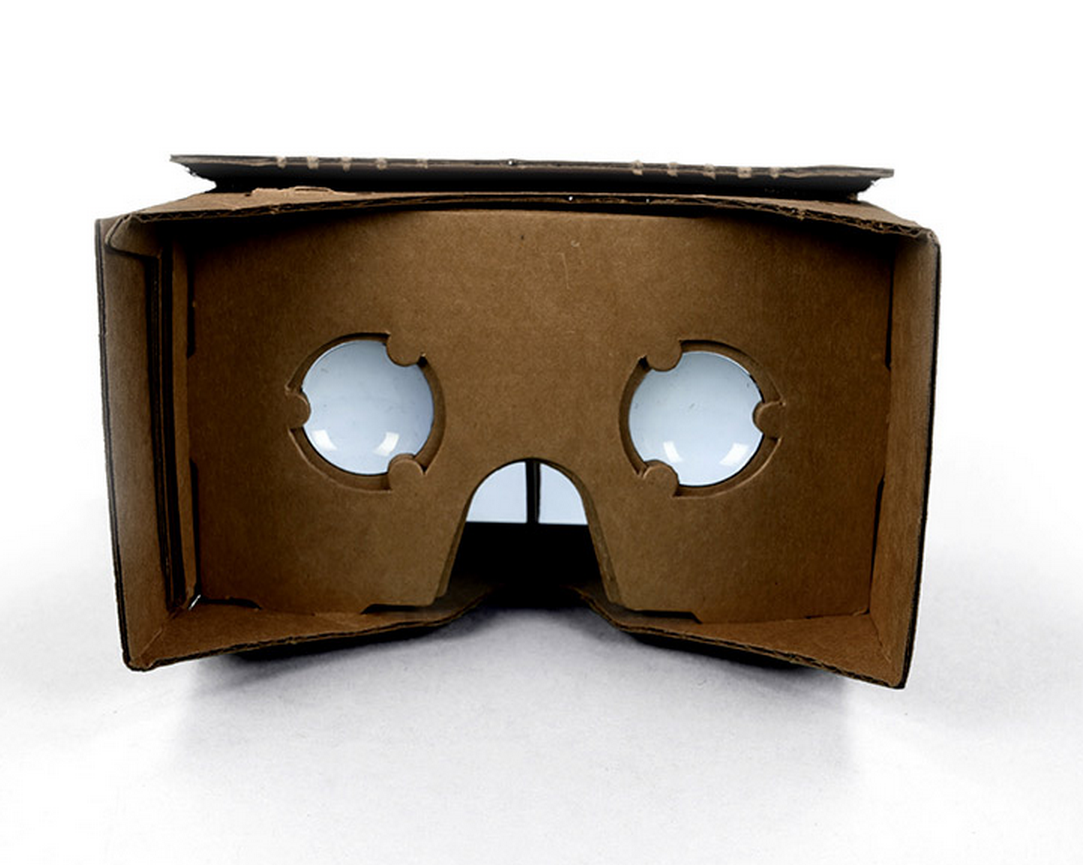
The New York Times embraces virtual reality with NYT VR app and Google Cardboard
The New York Times is an institution -- one of the most important and respected news outlets in history. While some will decry its pro-liberal stances, even conservatives cannot deny the strong writing and relevant topics.
Today, the news organization takes a very weird, albeit cool, path in its quest to stay relevant in the digital age. Shockingly, it is partnering with Google to embrace virtual reality with a new mobile app called "NYT VR"; I kid you not, folks. The app will require Google Cardboard, which the New York Times will give away to some of its readers as a promotion.

Nexus 6P or iPhone 6s Plus?
If you asked me two months ago about using a Huawei smartwatch or smartphone, I would have scoffed. Yet, here I am doing just that. Timing on the latter is ironic. On Oct. 15, 2015, I bought a 128GB silver (and white) iPhone 6s Plus using Apple's 24-month finance plan, rather than paying in full up front. Huawei-made, Google-branded 64GB Nexus 6P arrived the next day for review. The following morning (the 17th), I hauled down to Apple Store and returned the iPhone for full refund. That act sums up my reaction to the new Android flagship running "Marshmallow".
I didn't expect to be so wooed by Nexus 6P, but Google got me by delivering superior contextual experience. This device, and Android 6, is all about context, starting with what for me is the killer function I couldn't part with: the fingerprint reader on the back of the phone. Picking up the device and placing my forefinger on the circular indentation wakes and unlocks the 6P. Wow-way is right! The mechanism beats the Hell out of Apple's two-handed jimmy from the Home button.

Nexus 6P first-impressions review
Finely balanced and contextually practical are the terms that best describe my first impressions of Google's flagship Android. Nexus 6P preorders are about to ship, and I was fortunate to receive a review model but with short embargo lift: Delivered Oct. 16, 2015 before every blogger and reviewer on the planet blasted out simultaneous reviews and first-reactions on the 19th. I choose the latter, because a scant three days isn't enough time to rightly evaluate the smartphone.
Much of my experience is cast in moving from the previous flagship, Nexus 6, although there was a day between them where iPhone 6s Plus and I fitfully danced. The 6P is in many respects what its predecessor should have been: Smaller. Much as I like the larger Motorola-made phablet, its Huawei-manufactured successor has greater physical and feature balance. Both are superb smart devices, but the newer Nexus is better tuned to practical purposes.
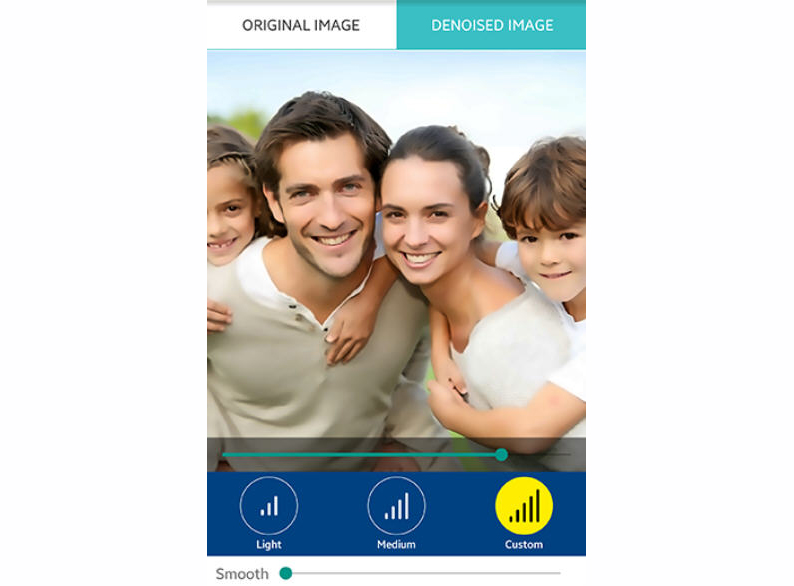
Clean up your pictures with Photo Noise Reducer for Android
Modern smartphones come with great cameras which generally deliver good results, but of course they can’t change the photographic basics: if there’s not enough light then your pictures are going to ruined by noise.
Photo Noise Reducer Pro is a free-for-personal-use Android app which provides various ways to denoise, smooth and generally clean up your images.
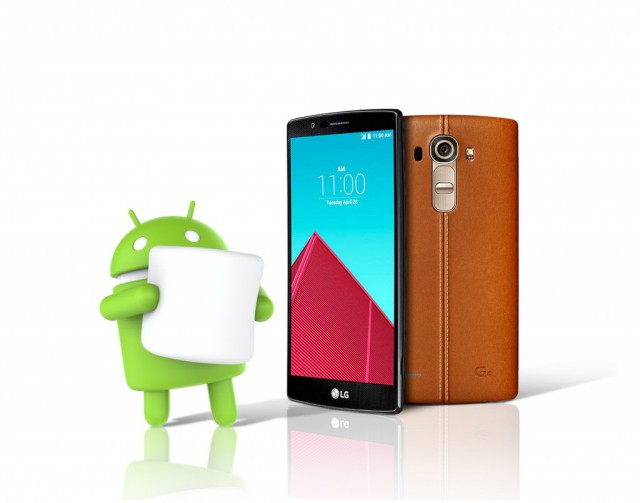
G4 is LG's first smartphone to get Android 6.0 Marshmallow
South Korean maker LG has announced plans to roll out Android 6.0 Marshmallow as early as next week, making it the first vendor, outside of Google, to bring the new mobile operating system to existing devices.
The first handset that LG will upgrade to Android 6.0 Marshmallow is its current flagship smartphone, G4, with customers in Poland being the first to see the software update available on their devices.
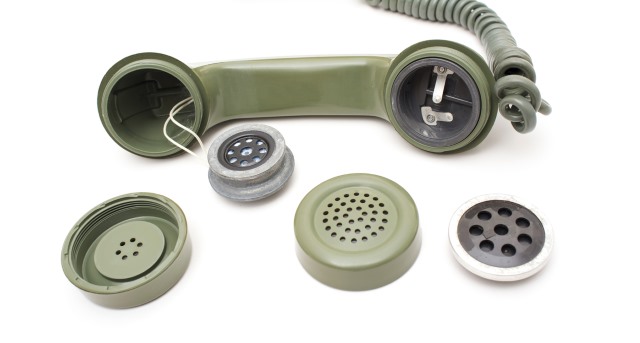
Hear the recordings Google stores of the voice commands you've said to your phone
OK Google, Siri, and Cortana all make it possible to control a phone simply by speaking to it. In the case of Google, what you might not be aware -- it's hardly something the company shouts about -- is that recordings of every command, question, and request are stored online.
Listening back through these could well be interesting, embarrassing, perhaps even nostalgic. You can step back in time and remind yourself of trips abroad, fun nights out, and the like, but you might also be concerned about privacy. If you would rather these recordings were not stored online, you can delete them; here's how.

BlackBerry Priv will be expensive
The rumor mill has put a price tag on the upcoming BlackBerry Priv handset, and this smartphone won’t be cheap.
That likely won’t come as a surprise though, given the noises that have already been made about this being a premium phone, and BlackBerry’s chief executive John Chen has even previously said that the device will have a top-end price tag.
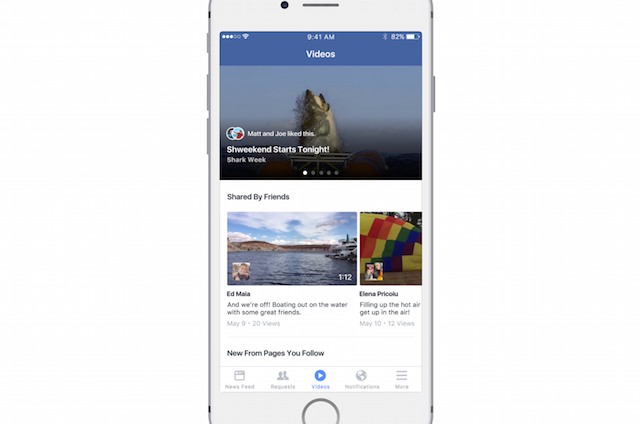
Facebook test drives new video-centric features
Facebook has become much more than just a social network; indeed, networking is fairly low down on the list of priorities for many users. The site is increasingly used for gaming, news gathering, and video consumption. Today Facebook announces a batch of new video features in recognition of the fact that videos are what people are looking for.
A small-scale test with iPhone users to try out a video suggestion feature is set to extend worldwide, ultimately spreading to the web and Android. Facebook is also borrowing some ideas from the likes of YouTube, including the ability to build up video playlists.
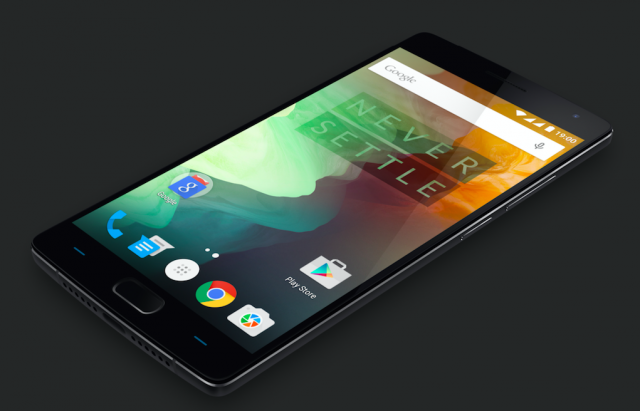
Buy OnePlus 2 without an invite today!
OnePlus has announced that its sought-after Android flagship smartphone will be available to purchase without invite today, October 12. Consumers interested in getting their hands on OnePlus 2 will have a one-hour window to complete their purchase before the company goes back to its invite-only system.
This is the first time that OnePlus 2 is officially sold without an invite, so, to avoid any issues with the ordering system, the one-hour window will start at noon in every major region. Outside of it, consumers will need to have an invite to snap up a OnePlus 2.
